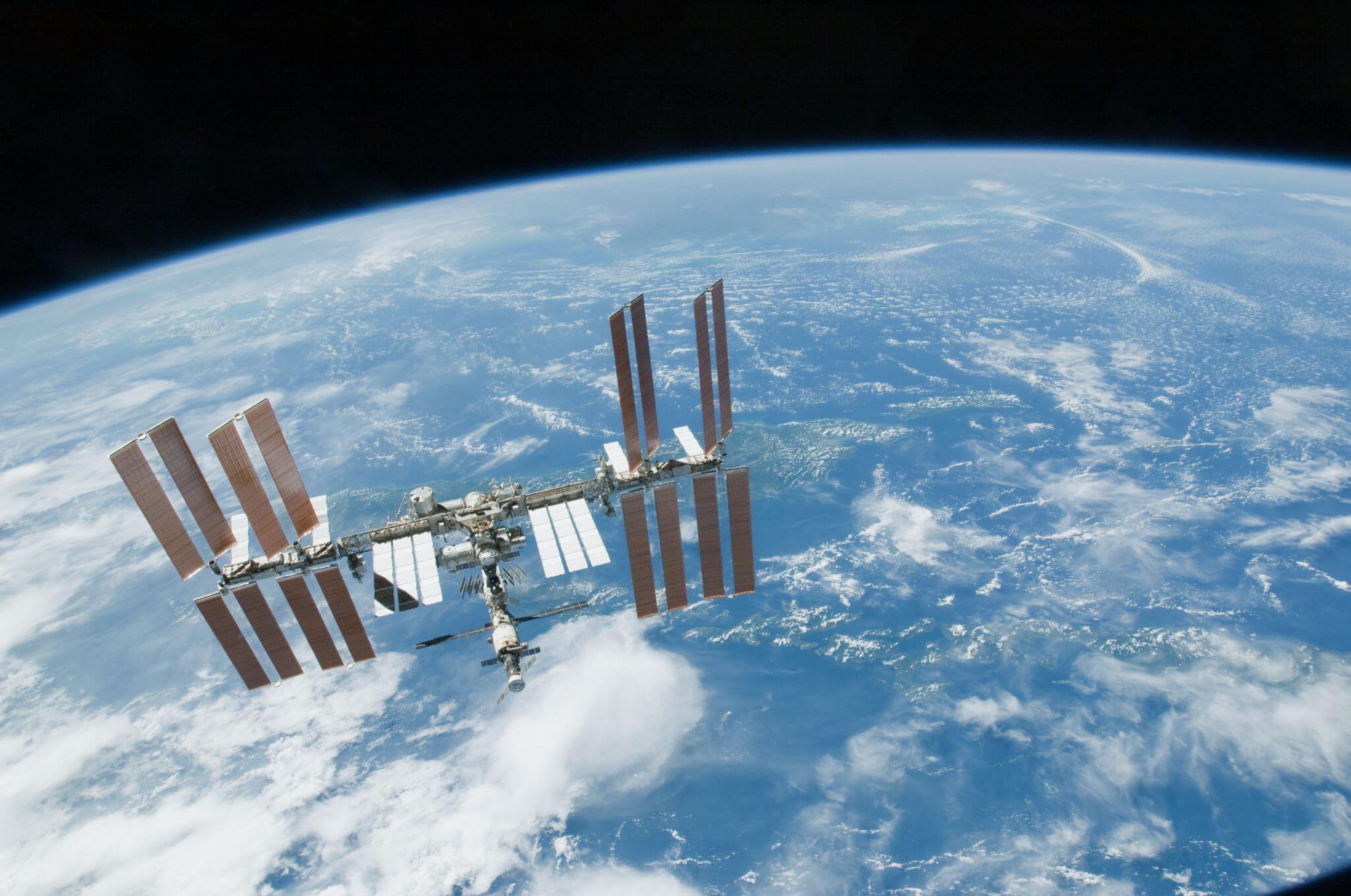The launch of the Orbital Sciences Antares 130 rocket carrying the Cygnus Orb-3 cargo craft to the International Space Station (ISS) came to a fiery end 12 seconds after its lift off at 2122 GMT on 28 October 2014 from the Wallops Island launch pad on the coast of Virginia, USA. An initial explosion, which appeared to be in or near the engine area of the first stage of the Antares launch vehicle, was seen erupting after launch.
The launch was insured as the result of Orbital Sciences Corp insuring the mission against the loss of its mission staged payments by NASA. The failure just after launch has resulted in claim for insurance total loss of US$48 million.
Officials confirmed that the vehicle’s destruct system had been triggered at some point though this may have happened after the initial explosion. This was followed by the entire flaming rocket falling back to Earth causing an even more violent explosion. The impact explosion caused blast and scorch damage mainly to the transporter erector launcher and lightning suppression rods, though the pad itself was largely unscathed, apart from debris lying around. There were no human casualties. There was, however, blast damage to nearby buildings and to a neighbouring launch pad and an insurance claim for third party loss is now expected.
A full clip of the failure is available at: http://www.youtube.com/watch?v=UsvUVDTgPoI#t=407
The Antares rocket has had a good record to date with four previous successes. This flight was the first try of the slightly more powerful Antares 130 variant with a different solid rocket second stage (Caster 30XL) compared to the previous flights. The Antares rocket’s first stage uses two LOx (liquid oxygen)/kerosene powered NK-33 engines reworked by Aerojet Rocketdyne to AJ-26-62 standard. These 45 year-old engines were a derivative of the NK-15, 30 of which were designed to launch the Soviet N-1 moon rocket which never flew successfully. Three out of its four flight failures were attributed in some way to the N-1’S first stage’s NK-15 engines.
While the AJ-26 (NK-33) series of engines is regarded as one of the most highly efficient LOx/kerosene engines in the business, its reliability remains suspect with more than one test firing failures. In May, an AJ-26 engine failed during a test firing 30 seconds into a 54 second firing. In 2011, another failed in a test firing due to a fuel leak. The Cygnus Orb-3 mission was part of the NASA commercial cargo contract to Orbital Sciences Corporation for it to carry cargo to the International Space Station. The ISS crew will suffer temporarily from the launch failure and the loss over over 2.2 metric tons of fuel, food, water and other cargo, but will have other methods of resupply via the Russian Soyuz/Progress pairing, and via NASA sponsored Space X commercial flights using the Falcon 9/Dragon cargo craft combination. In fact, a Progress cargo vessel was successfully launched by a Soyuz 2-1A rocket the morning after the failure and, as it is, the crew is known to have several months’ reserves on board.
The launch mass of Cygnus Orb-3 was 7594 kg. Amongst the cargo were 26 Flock 1D 3U cubesats and the cubesats Arkyd 3, GOMX-2 and RACE, all of which had-been due to be released from the International Space Station. The failed Antares launch had been delayed by one day, but this was not due to a technical issue. The launch was halted after a sailing vessel had strayed into the prohibited zone off the coast of Virginia.
Update on 5 November 2014: Orbital Sciences Corp has disclosed that a turbo-pump failure on one of the AJ-26 rocket engines is suspected as causing the explosive failure of the Antares 130 rocket.
Update on 12 March 2015: The GOMX-2 small satellite survived Antares explosive launch failure to be recovered from the debris and may fly again.






